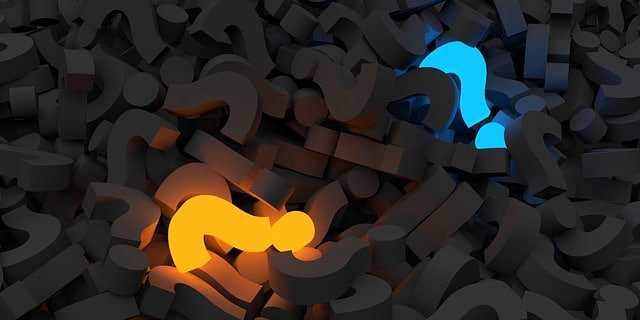Color Temperature Guide
 In its most basic form, light has numerous characteristics with each of them being described in their unique way. Features like angle, softness, hardness, intensity and even movement can play a significant role in the ways we interpret what we are seeing with our eyes. The various qualities that light possesses can also affect our mood as well as the emotional response we have to our surroundings. The color is another essential quality of the light that we see on a daily basis. Bold lighting colors, of course, are frequently used by the entertainment industry for creating spectacle, excitement or mood. However, in our daily lives, we all encounter color variations that are more subtle but just as important. Those variations, ranging from Moonlight’s cool tint as it filters through the trees, the noonday sun’s bright white, or warmth from a firelight are referred to as Color Temperature.
In its most basic form, light has numerous characteristics with each of them being described in their unique way. Features like angle, softness, hardness, intensity and even movement can play a significant role in the ways we interpret what we are seeing with our eyes. The various qualities that light possesses can also affect our mood as well as the emotional response we have to our surroundings. The color is another essential quality of the light that we see on a daily basis. Bold lighting colors, of course, are frequently used by the entertainment industry for creating spectacle, excitement or mood. However, in our daily lives, we all encounter color variations that are more subtle but just as important. Those variations, ranging from Moonlight’s cool tint as it filters through the trees, the noonday sun’s bright white, or warmth from a firelight are referred to as Color Temperature.
Color temperature, when referencing the lighting industry, is measured in degrees Kelvin (K), with cool light being on the higher end (with daylight at 5500K) and warm light on the lower end of the scale (with incandescent light bulbs being at 2700-3000K). In the lighting industry, color temperature is extremely important where color affects a space’s emotional impact and mood. The following is a list of some of the more popular shades along with the environments that you find them in:
Warmer White Lighting: This type of lighting is preferred for living and dining areas inside a home to provide a relaxed environment. Warm white light often makes warmer earth tones like woodwork and stone look their best.
Natural White Lighting
This is ideal for areas such as bathrooms and kitchens where detailed lighting is needed.
Daylight White Lighting
Occupants tend to be kept alert by this kind of lighting so it works great for office spaces and stores.
Cool White Lighting
This is viewed as a type of clean, cooler lighting and is frequently used in industrial locations, garages, and hospitals.
Within the lighting industry, numerous techniques are used for creating the best color temperature for a specific space. A cool white light is naturally produced by fluorescent lighting. That is why a majority of large retail locations, hospitals, and office have a tendency to heavily rely on fluorescent light for most of their lighting needs. However, these same office buildings using fluorescent fixtures within their cubicles will frequently use warmer, incandescent lighting within their reception and lobby areas. That is because warm lighting has a tendency to put individuals at ease and might make their hour wait appear to go by more quickly.
When considering outdoor lighting needs, professional lighting designers such as an outdoor lighting company in Houston Texas will be very careful to choose the best color temperature for whatever surface or area is being lit. As previously mentioned, when a natural surface like brick, wood or stone is being lit, frequently the best choice is warmer light. However, when the goal is to recreate a romantic ambiance that a full moon offers, then we will use a light that has a color temperature that is much bluer. That is due to the fact that the human eye can no longer see the color red at very low light levels but is still able to perceive greens and blues. The phenomena is called the Purkinje Effect, which is named after Johannes Purkinje, who was a 19th-century physiologist.
All of the new LED light fixtures that are available these days provide an abundance of options for professional designers when it comes to choosing the best color temperature for any desired outcome. From cheerful, welcoming warm lighting to cool bright light that is dim and mysterious, there are an endless amount of choices. Combined with all of the other qualities that light possess, almost any effect or mood imaginable may be created. As always, if you ever have any questions about lighting design or color temperatures, just contact us or give us call here at Robert Huff Outdoor Lighting. We are always happy to help you out with any outdoor lighting needs that you have!
